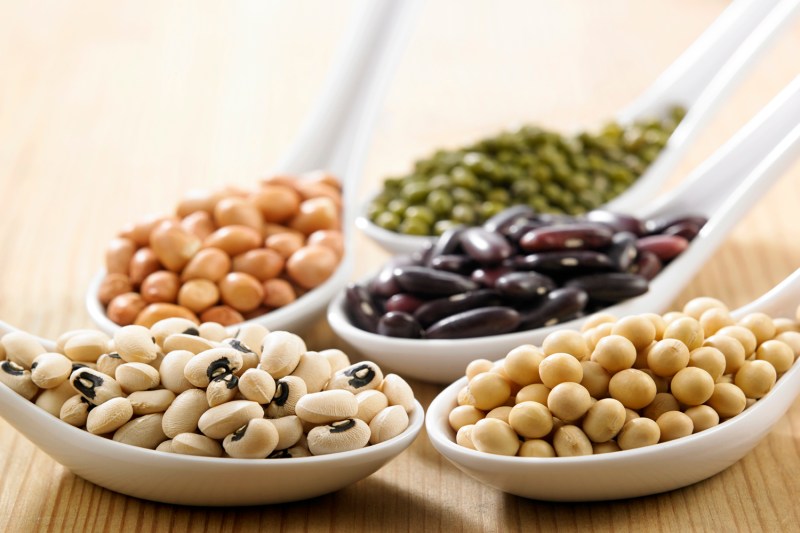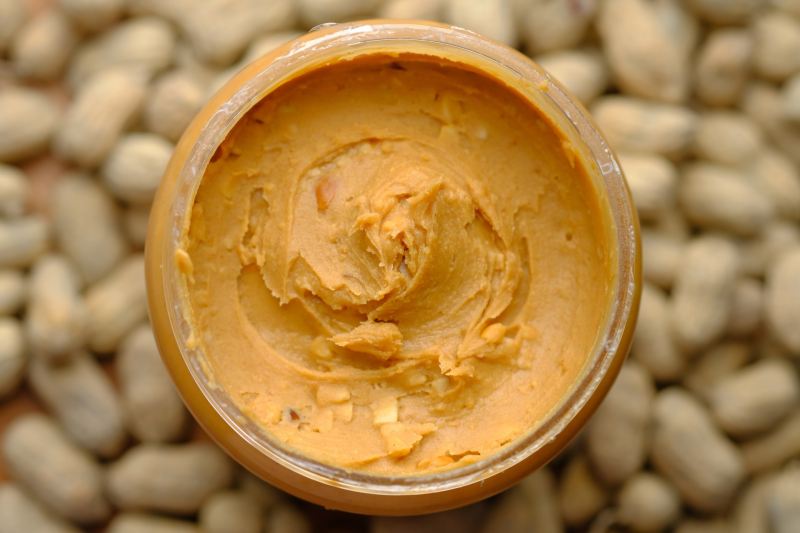Do you wish you could maintain your energy levels and consume a lot of nutrient-dense foods without accumulating too much sugar? As a trainer and nutritionist, this is a common goal that many clients share with me. Luckily, certain diet plans can help you achieve this easily, with one of them being the low-glycemic diet.
Low glycemic foods can aid weight loss, help manage diabetes, reduce overall cholesterol levels, improve athletic performance, and reduce blood pressure. So, if you want to learn more about the low-glycemic diet, keep reading for information on the glycemic index, the benefits of low-glycemic foods, and more!
What is the glycemic index?

The glycemic index (GI) is a scale from 0 to 100 that measures how quickly carbohydrate-containing foods can increase blood glucose levels. Carbohydrates are essential to your diet and are present in many foods. When you consume them, they break down into simple sugars that go into your bloodstream.
However, all carbohydrates are not equal — some have a low glycemic index, and this means they slowly increase your blood sugar levels. The glycemic index of different foods falls into three categories: low-GI foods (below 55 on the scale), medium-GI foods (between 55 and 70), and high-GI foods (above 70).
What does it mean if a food is low glycemic?

Low-glycemic foods are those foods that score below 55 on the GI scale. They are slowly digested and absorbed in the body, so there is also a more gradual increase in your blood sugar.
According to a 2020 study on obesity therapy, “A low-GI diet blends low-fat and low-carbohydrate concepts. The goal is to obtain enough energy and nutrients without causing large spikes in insulin and blood glucose levels.”
Conversely, high-glycemic-index foods are unhealthy for people with certain health concerns or who wish to maintain optimum health because they digest quickly and are absorbed into the bloodstream rapidly, causing a sharp increase in blood sugar levels.
Note that GI foods are only foods that contain carbohydrates, such as bread, rice, beans, fruits, and vegetables. Those without carbs will score 0 on the GI scale because only carbs break down into sugar in the body.
What are the benefits of low-glycemic foods?

Weight loss
Some studies have shown that a very low-GI diet can lower body weight. The low-GI diet creates a more stable glucose concentration, reducing hunger and aiding weight loss. However, in people with obesity, more effort and compliance with this diet may be needed to get good results.
Reduced risk of several health complications
As we mentioned before, a low-GI diet is effective for blood sugar control. This can help prevent or delay the onset of several health complications, such as diabetes, heart disease, stroke, kidney disease, and nerve damage. It also plays an important role in managing diabetes and aiding its treatment.
A review of 54 random studies linked low GI diets with reduced hemoglobin A1C (a long-term marker of blood sugar control) and fasting blood sugar levels in adults and children with type 1 or 2 diabetes. The conclusion was that a low-glycemic diet was helpful in blood sugar control and body weight management in people with prediabetes and diabetes.
Consistent energy levels
Sugars are mostly obtained from carbohydrate foods and provide energy for the body. Still, if you consume foods with a lot of sugar, you will experience a quick burst of energy. However, you will also crash quickly, which causes you to experience ups and downs in energy levels throughout your day.
To help, a low-glycemic diet can allow your body to have a consistent energy flow. Since these foods break down slowly, they provide sugar for energy consistently instead of suddenly increasing and decreasing how energetic you feel.
11 low-glycemic foods for improved health

- Vegetables: Carrots, celery, broccoli, kale, lettuce, spinach, and cauliflower are good low-glycemic veggies. They have low GI scores ranging from 0 to 15.
- Eggs: Because of their high protein and low carbohydrate content, eggs take longer to digest and absorb. Therefore, their glycemic index is 0 on the scale, and they don’t affect blood sugar.
- Legumes: Kidney beans, lentils, baked beans, hummus, chickpeas, and more are all low-glycemic index foods that do not rapidly increase blood sugar.
- Fruits: Some fruits have minimal effects on blood sugar because their GI is less than 55. Examples include apples, berries, apricots, pears, cherries, grapes, bananas, pomegranates, and more.
- Dairy and dairy replacements: Some dairy products are low-glycemic foods and good protein sources. These include soya milk, almond milk, yogurt, and rice milk.
- Rice: This is a good source of carbohydrates, but not all types of rice are low-glycemic. Go for healthier options such as brown rice, basmati, long grain, or doongara rice to get a low GI rating.
- Nuts and seeds: These include walnuts, almonds, hazelnuts, chia seeds, pumpkin seeds, flax seeds, and cashews.
- Corn: All types of corn are low-glycemic index foods, including sweet corn, which is about 52 on the scale.
- Bread: You might think a low-GI diet means avoiding bread, but that’s not entirely true. Go for whole-grain, sourdough, multigrain, or rye bread. They have low GI ratings and do not spike blood sugar.
- Grains: Barley, buckwheat, quinoa, and other grains are also great for managing blood sugar; they have low GI ratings.
- Sweets: A low-glycemic diet doesn’t mean you must cut out all the fun. You can add some dark chocolates with at least 70% cocoa.
Example day of eating low-glycemic foods

Now that you understand what it means to follow a low-glycemic diet, here is an excellent example of a typical day eating low-GI foods you could give a try.
Breakfast
- 1 slice of whole-grain sourdough bread
- Scrambled eggs with spinach and feta cheese
- Half an avocado
- Black coffee or herbal tea (if needed)
Snack
- Popcorn and walnuts
Lunch
- Roasted Brussels sprouts with grilled salmon and quinoa
- Tomato and cucumber salad with olive oil dressing
Snack
- Hummus with celery and carrot sticks
Dinner
- Grilled chicken breast with cauliflower rice and steamed broccoli
- Mixed greens salad dressed with balsamic vinegar and olive oil
Frequently asked questions

Is peanut butter low glycemic?
Peanut butter is considered low-glycemic because it contains plenty of protein and fat. This slows the absorption of carbohydrates.
Are sweet potatoes low glycemic?
Potatoes are considered medium to high glycemic. They contain very high, rapidly digestible starch.
Are eggs low glycemic?
Eggs have little carbohydrates but are rich in protein and unsaturated fat, so they are low-glycemic and do not affect blood glucose levels.




